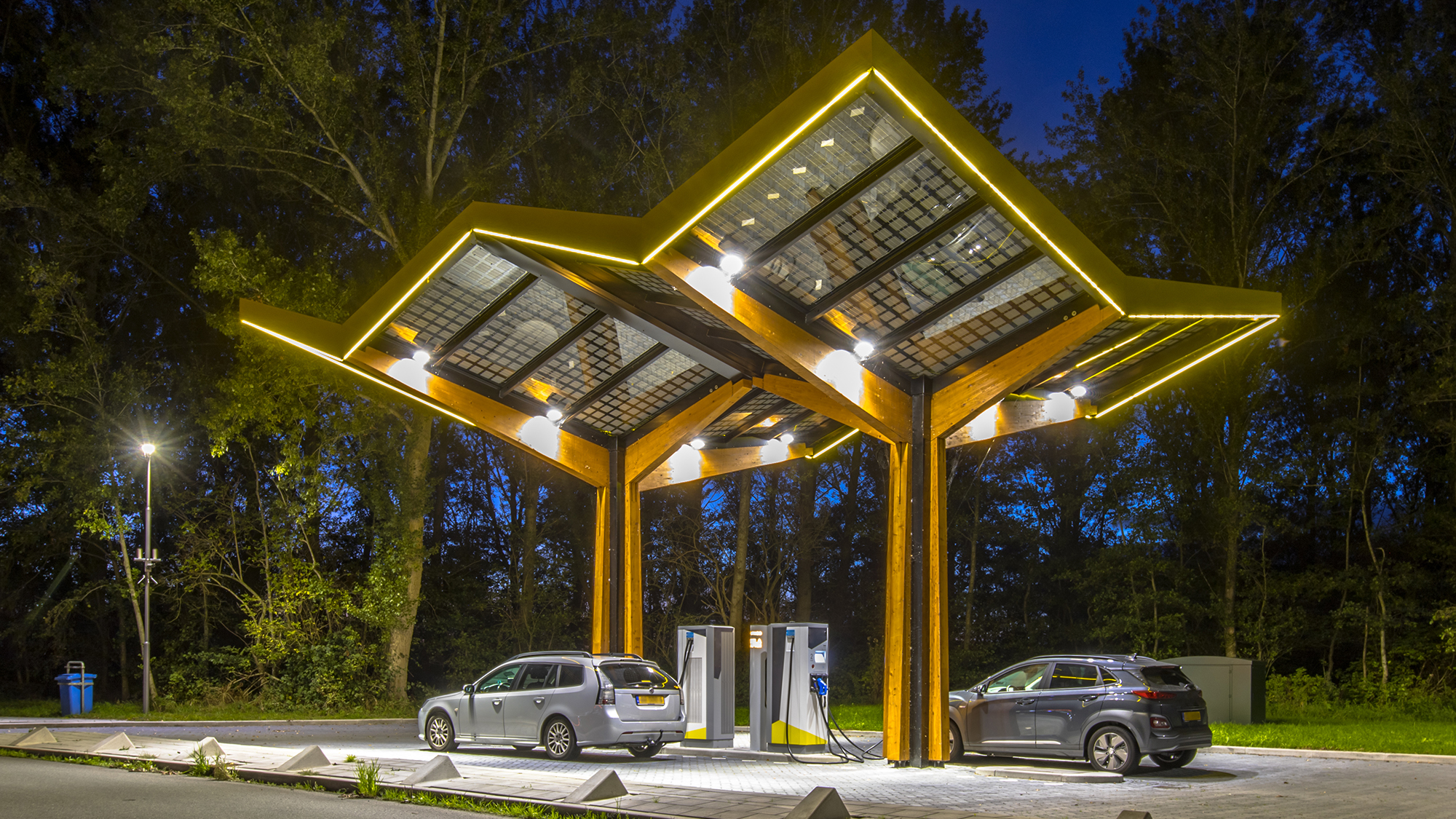The future of the motor industry is electric vehicles, thanks primarily to government legislation and regulations that are focused on reaching full decarbonization. Electric vehicles are indeed more energy efficient than traditional cars, do not produce carbon emissions when driven in a city, and can reduce the overall carbon footprint when charged with electricity coming from renewable sources. For these reasons, consumers have widely embraced electric vehicles. According to the International Energy Agency, the total number of electric cars on the world’s roads in 2022 was 26 million. That’s up 60% from 2021.
However, there are some bumps on the road to a full-scale electric mobility transition. Even though consumers are buying, they have concerns. For example, the whole point of a car is getting from point A to point B, and drivers of electric cars need to think about charging amounts, times, and locations – and worry about being stranded far from an electric charging point. This is one of the reasons why many consumers are still opting for hybrid options, which combine a traditional engine with an electric motor. Thus, it will still take some time before we reach general market acceptance of fully electric vehicles, as Peter Campbell and his Financial Times colleagues note in an article about Toyota’s winning bet on hybrid electric vehicles.
Electric car drivers – like all car owners – want to feel secure that their car can operate in the event of an emergency. Think about the ways we charge our phones. We do not charge them only when they need charging, but also when we can do it – just so that we have the peace of mind that there is enough juice in the phone to use it when we are away from a power source – in case of emergencies (or, let’s be honest, in case of boredom when standing in line or awkwardly at a party.)
In the context of electric vehicles, this behavioral characteristic is called “range anxiety.” This brand of anxiety, together with the fast-charging stations available in many cities, is expected to increase the electricity demand on the grid due to electric vehicle charging. Essentially, because people want their car batteries charged at all times and as quickly as possible, they are more likely to use fast-charging stations that request large amounts of electricity in a very short period of time and create large “electricity demand spikes.” The grid is not designed to handle or sustain these large demand peaks. Rather, its infrastructure is meant to serve the lighter electricity demands of our household behaviors. This issue has been raised by city officials and electricity grid operators who are, with good reason, concerned about large numbers of cars charging at the same time – a trend that can result in costly blackouts.
In our paper “Sustainable Electric Vehicle Charging using Adaptive Pricing”, my coauthors (Wolfgang Ketter of University of Cologne, John Collins of University of Minnesota, and Dmitry Zhdanov of Illinois State University) and I propose a way to address people’s “range anxiety” inclination to charge their electric vehicles while still respecting the grid infrastructure. Our solution has two main components: a) we design and propose the use of a piece of software inside the car’s controller, called the ”intelligent agent” (think of it as an app installed in the car similar to those currently available in Teslas) that is responsible for charging the car’s battery, and b) we design and propose the use of adjustable prices – based on the availability of electricity as well as the reaction of consumers to price signals – that are broadcast to the cars and used by these intelligent agents to schedule a specific period of time for the charging of the electric vehicle.
This potentially solves an imminent problem because the intelligent software means that drivers need not worry about when and how much to charge because the car will take care of charging itself. The software collects data and “learns” when a particular driver normally uses the car and ensures that it charges the amount of electricity needed (plus some extra to account for unexpected activity.)
Electric mobility is an essential element of our society’s future.
This is particularly helpful for those electric vehicle users who perhaps worry unnecessarily about when and how much to charge, allowing them to feel more comfortable about using electric vehicles. As such, this solution not only assists the owners of electric cars but helps policymakers instill trust in electric mobility and accelerate its adoption. Furthermore, there is a benefit for the grid infrastructure because electric car drivers are simply charging what they need. Of course, estimating how much electricity they should pull from the grid does require data and machine learning methods, but thankfully these resources have advanced in recent years and now allow for very precise usage estimates.
Electricity prices have traditionally been used to incentivize people to charge when it is more beneficial for the grid infrastructure in exchange for financial savings. Consider the cheaper electricity prices available at night, as part of a regular household electricity contract. These lower prices are meant to incentivize people, for example, to do their washing during the evening when the grid is not so overloaded with other activities. This of course can be slightly inconvenient because not everyone wants to stay up late doing their laundry or dishwashing. In the case of electric cars, our research proposes using adjustable prices, which we call “adaptive pricing,” and uses intelligent software to signal to electric vehicles when and how much to charge themselves – in the evening at a home charging via a dedicated home charger – so that it happens automatically and is more convenient for electric car drivers.
Another issue that arises with prices that vary throughout the day according to grid capacity is that, instead of solving the electricity demand spike problem, they can exacerbate it. For example, what happens if all users schedule their car charging for the nighttime in order to benefit from the cheaper electricity prices? This result won’t be good for the grid. In fact, there are already real-world pilots that provide evidence of this behavior: users make the best of the low prices, and all of them “congest” to charge during the low-price periods — this is known as the “avalanche effect.” The issue of properly designing electricity prices for electric vehicles without causing avalanche effects has been concerning academics for years.
My fellow researchers and I propose a novel pricing method to address this, one that learns from data to adjust the prices in real-time based on the behavior of people in a given city or area. In plain terms, our method collects behavioral data about how and when drivers prefer to charge their cars, as well as how they value that charging, and uses that information to design prices tailored for that specific charging behavior. The advantage to this is that it adapts to the needs of the driver population and avoids causing an avalanche effect.
Electric mobility is an essential element of our society’s future. As cities and their drivers continue this inevitable transition to electric vehicles, all residents will benefit from lowered carbon emissions, cleaner air, and an overall healthier environment. Of course, there are many more issues to be addressed in this line of work – electric mobility is an evolving topic, one that encourages innovation and investment as we collectively move towards a more sustainable future.
© IE Insights.











